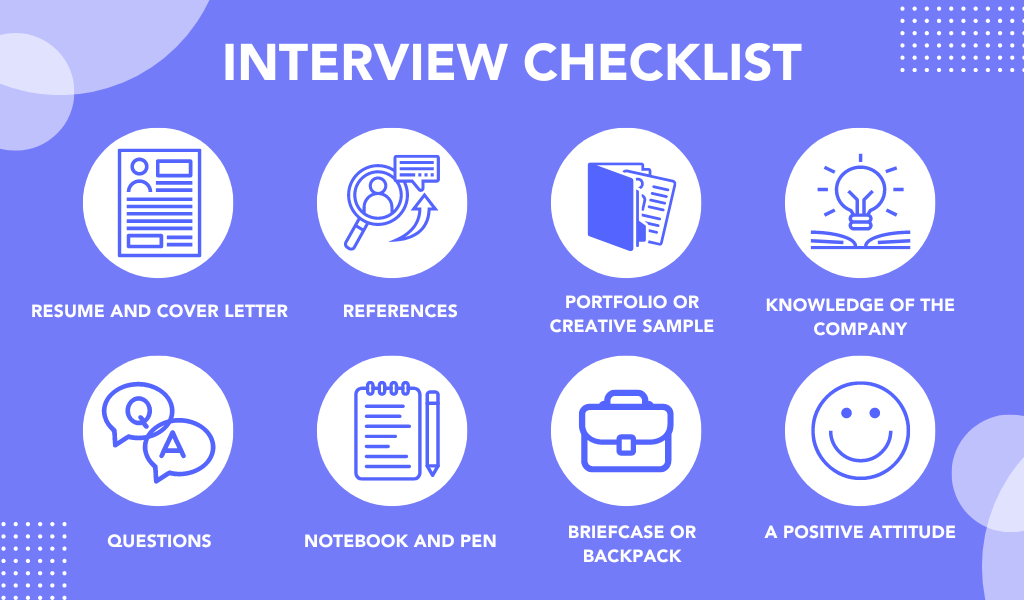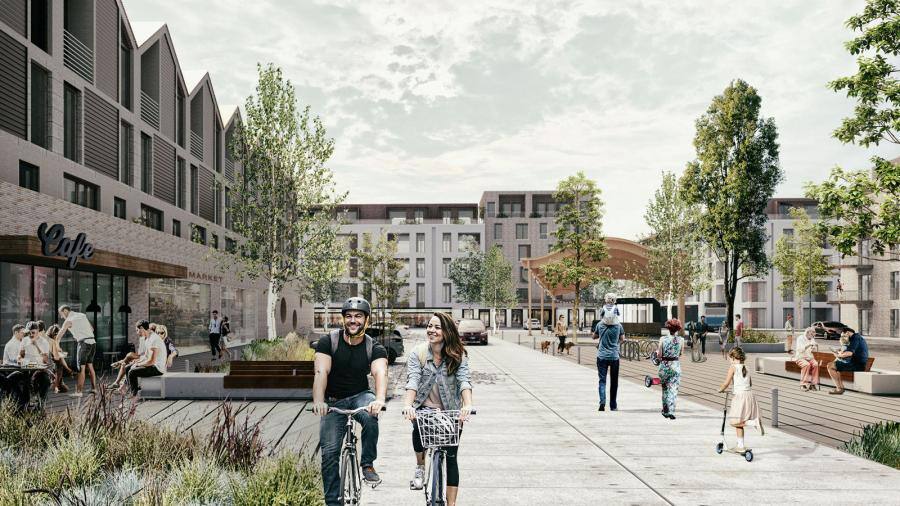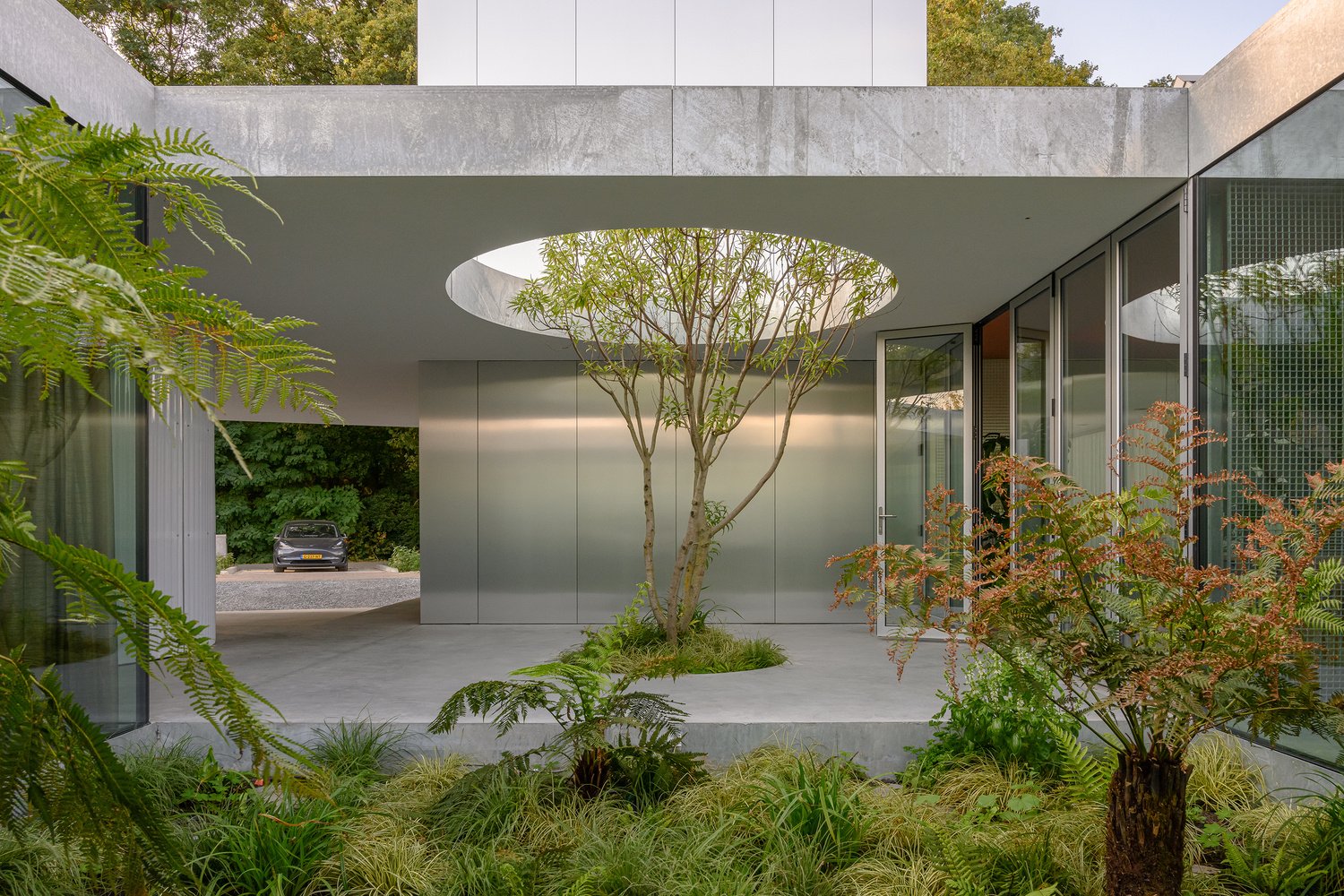Top 15 BIM Modeler Interview Questions to Prepare for in 2026

Table of Contents
The role of a BIM (Building Information Modeling) Modeler has become increasingly important as the AEC industry moves toward digital workflows and smarter project delivery. Companies now expect modelers to combine technical expertise with strong practical understanding, especially when working with tools like Revit, Navisworks, InfraWorks, and other BIM platforms. As BIM adoption grows across architecture, engineering, and construction, interviewers look for candidates who can create accurate models, collaborate effectively, and follow established standards and processes.
In this guide, you’ll find the most frequently asked BIM Modeler interview questions, along with practical insights to help you answer confidently. This resource gives you the clarity you need to prepare for interviews, understand recruiter expectations, and present your BIM skills in a structured and professional way.
Understanding the Role of a BIM Modeler or Technician
Before we proceed with the BIM modeler interview questions, let’s throw light upon the roles and responsibilities of a BIM modeler. This will provide a solid foundation for discussing the position of a BIM Modeler/Technician in an interview context. Below is an overview of the responsibilities and skills required:
1. Technical Expertise
Technical expertise is integral for a BIM modeler because it directly impacts the accuracy, efficiency, and overall success of AEC projects. Your ability to create detailed and accurate 3D BIM models ensures that the virtual representations are true to the proposed designs. This reduces the likelihood of errors and misinterpretations during the construction phase, leading to a smoother project execution. An in-depth understanding of BIM software allows you to adhere to industry standards and regulatory requirements. This ensures that your models are not only accurate but also meet all quality benchmarks.
2. Problem Solving Skills
BIM modelers often work with inputs from various disciplines - architecture, structural engineering, MEP (Mechanical, Electrical, and Plumbing), etc. Problem-solving skills are essential to integrate these different models cohesively and address conflicts that may arise between them. Construction projects frequently present unique design challenges. A BIM modeler with strong problem-solving skills can develop innovative solutions to meet design specifications and functional requirements. A deeper understanding allows BIM modelers to develop innovative solutions to complex design challenges, enhancing the overall project quality and functionality.
3. Effective Communication
Effective communication ensures a clear and concise exchange of information among architects, engineers, contractors, and other stakeholders. It helps in simplifying technical aspects to clients, ensuring their satisfaction and confidence in the project. Being able to convey complex technical information clearly also ensures that all team members understand the project requirements and specifications. Clear communication helps in resolving conflicts and coordinating activities among different departments ensuring that everyone is aware of their responsibilities and deadlines.
Also Check out: BIM Engineer: Roles, Salaries, and Courses to Become One
General Interview Preparation Tips for BIM Modeler Jobs 
The journey of a BIM modeler job interview is a pivotal moment that shapes your career trajectory. Whether you are a fresher or a seasoned professional, the interview process is a crucial step to new opportunities. However, it’s not about just rehearsing your resume but about representing yourself authentically while demonstrating your skills to your potential employer.
The competition is more fierce than ever, and you must equip yourself with the right mindset, understand the BIM modeler job description, and effective job search strategies to stand out from the crowd. Read on to learn about the tips for acing the job interview questions for a BIM modeler job. Here are some effective tips for excelling in your BIM modeler interview questions:
1. Do Your Homework
Familiarise yourself with the company’s background and do in-depth research on the projects they do to prepare yourself for organisation-related job interview questions. You can also engage in conversations with current employees to gain insights into the company’s work culture.
2. Understand the BIM Job Description
To effectively be able to handle job interview questions for a BIM modeler position, it's crucial to thoroughly understand the organisation’s job description, which includes key responsibilities, software expertise, project types, reporting structure, company culture, and expectations.
3. Review the Qualifications Necessary
Carefully review the qualifications necessary for the BIM modeler role to frame your job interview questions effectively. Key points include education requirements, professional experiences, technical proficiency, certifications, and soft skills.
4. Update Your CV and Portfolio
Ensure your CV and portfolio are up-to-date with your latest projects, and ensure that you can explain your portfolio confidently. While many interviewees bring digital copies of their work, it’s advisable to have a hard copy to prevent potential technical glitches.
5. Answer Briefly and to the Point
Keep your answers concise and to the point. The interviewer isn’t interested in unnecessary details and may get bored by your approach. Ensure you capture the interviewer’s attention and use it to your benefit.
Also Read: Architecture Thesis Topics: A Comprehensive List of 30 Topics to Pick From 2025
6. Be Honest and Keep Your Interaction Conversational
Maintaining a smooth conversation with the interviewer ensures that there are no awkward pauses and makes the interviewer more interested in you. Being completely honest about your experiences and qualifications and giving in-depth answers helps the interviewer understand your value system and work ethic.
7. Don’t Pretend to Know About Something That You Don’t
The person interviewing you is most likely a field expert, so there is no way that you can bluff your way around them. If you don’t know about a particular BIM tool or plug-in, just be honest and express your willingness to research and learn more about it.
15 Most Asked BIM Modeler Interview Questions in 2025
It's best to prepare for specific standard questions to be able to succeed in your BIM modeler interview questions. This will instil confidence in you and increase your chances of getting hired. Below is a list of 15 common BIM interview questions, along with their sample answers, that will help you prepare better for your BIM modeler job interview.
1. Please tell me more about yourself
This is the most common opening question for any interview. Although it may seem like a simple question, this is your opportunity to grab your interviewer’s attention. Keep your answer concise, ideally at most thirty seconds. Instead of just talking about your academic experiences, you could also talk about workshops and events that you attended and interests that you have (again, without going overboard). Preparing for this question beforehand gives you a better chance of creating a lasting impression on your interviewer.
Sample Answer:
“I am XYZ, and after my graduation, I worked for two architectural firms where I realised two things. First, landing a high-paying job in the architecture industry is difficult, and second, there is a major gap in technical expertise, which slows down the way people function. I was fascinated by BIM and decided to pursue my interest. I eventually enrolled in a BIM professional course and upskilled myself. I have hands-on experience with software like Rhino, Grasshopper, and Revit. I have done personal projects and internships related to BIM to gain relevant experience. I have also made it a point to work on my soft skills and can effectively communicate, collaborate, and manage with particular emphasis on time management.“
2. What skills have you developed as a BIM modeler?
BIM is a new and complex program that requires skills. So, the interviewer would want to know whether your skills align with the company’s needs. If you have acquired any advanced modelling techniques, use this interview question for a BIM Modeler as an opportunity to demonstrate your familiarity with the features and explain how it has helped you excel in your career.
Sample Answer:
“I have done a BIM Professional Course from Novatr which helped me develop a range of BIM implementation skills. Firstly, I am well-versed in several BIM software, including Revit, ArchiCAD, Navisworks, Dynamo, and SketchUp Pro. I understand the potential of BIM tools and have experience in creating models for various residential and commercial projects. In a recent project, I collaborated with a design team to create an intricate Revit project for improved visualisation. Additionally, I ran simulations to assess the energy efficiency of the structure, adding a comprehensive layer of analysis. Secondly, I have problem-solving skills and an eye for detail, which allows me to identify errors and areas of improvement easily.
3. How do you use clash detection tools to identify potential conflicts between various design elements within a BIM model?
Clash detection is a pivotal part of the design process. Your interviewer would be interested in understanding how familiar you are with the process and tools to identify and resolve potential conflicts. This interview question for a BIM modeler is an excellent opportunity for you to showcase your problem-solving skills.
Sample Answer:
“I use clash detection tools to detect and analyse conflicts and work with other team members to resolve the issues. I have extensive experience using this method for multiple residential and commercial projects, and I have been able to resolve clashes effectively, saving both time and effort.”
Also Check out: Everything You Need to Know About BIM and Architectural Visualisation
4. How do you guarantee the accuracy and regular updating of data in your BIM models?
Accuracy is a major BIM component, and interviewers would want to know whether you have the necessary skills to achieve project accuracy. This will help them understand your process and how you handle data, building trust in your ability to keep data up-to-date.
Sample Answer:
“I use BIM software to ensure accuracy in all model components. I review the model and make necessary changes regularly, ensuring that any changes made are reflected in the model. I also use an automated system to detect errors and double-check measurements so that there are no discrepancies.”
5. Can you describe a complex project you managed, highlighting how you coordinated different teams or stakeholders?
This helps interviewers assess your project management experience, ability to handle complex tasks, and coordination skills. It reveals your approach to leadership and how you navigate challenges in a multi-faceted project environment.
Sample Answer:
"In my previous role, I led a cross-functional team to implement a new CRM system. This involved coordinating with IT, sales, customer service, and external vendors. I created a detailed project plan, held weekly progress meetings, and used collaborative tools to keep everyone aligned. One major challenge was resistance from the sales team. I addressed this by organising hands-on training sessions and highlighting the system's benefits, which ultimately led to successful adoption across all departments."
6. How do you ensure that the BIM models you create are consistent with the project's Level of Development (LOD) requirements throughout different stages of the project?
Maintaining consistency with Level of Development (LOD) requirements is crucial in BIM projects. This question allows the interviewer to test your understanding of LOD concepts, attention to detail, and ability to manage model progression throughout a project's lifecycle. It's also an opportunity to demonstrate your methodical approach and quality control practices.
Sample Answer:
“To maintain LOD consistency, I follow a structured approach throughout the project. I start by carefully reviewing the BIM Execution Plan and creating a detailed LOD matrix. I then set up project templates that match each phase's LOD requirements. As the project progresses, I gradually increase the model's detail level from basic concepts to more complex systems. I regularly use tools to audit the model and ensure it meets current LOD standards. Throughout this process, I maintain open communication with the team, especially when transitioning between LOD levels. This method has helped me consistently deliver accurate models that meet project requirements and promote smooth collaboration among all team members.”
7. What methods do you use to improve the performance of large BIM models?
BIM models are complex to handle, so the interviewer would want to understand if you have the skills to optimise and manage the performance of models. This interview question aims to check whether you have the technical skills needed to accomplish large-scale projects.
Sample Answer:
“I use various methods to ensure that models are optimised, like reducing the number of elements or using components. I use multiple plug-ins and tools that can be used to streamline the process, like Revit for 3D modelling or Navisworks for clash detection and follow best practices like avoiding unnecessary geometry or maintaining components within a unified coordinate system”.
8. If you notice a mistake in your previous model, how would you correct it?
Mistakes are unavoidable and can happen anytime, so the interviewer needs to understand how well you respond to them. Your answer should demonstrate your willingness to identify issues, take responsibility, and correct them.
Sample Answer:
“Mistakes can be of various degrees. If I notice a minor mistake in my previous model that didn’t impact the project as much, I would make it a point to resolve it but wouldn’t involve the team members. However, if it were a major mistake, I would immediately update the stakeholders to ensure we are on the same page. After a collective discussion, I would rectify the error and ensure that it is reflected in the model.
9. Which Revit version do you prefer to use and why?

BIM interview questions always include a mention of Revit. This question helps the interviewer test your knowledge about the various versions of Revit. It enables you to showcase your expertise in using these versions and state why you prefer a particular version over another.
Sample Answer:
“I use the most recent version of Revit because it offers advanced features and capabilities in Revit BIM modelling. It includes powerful features and tools that make my work effective. It allows me to collaborate with stakeholders in real time and receive feedback. The user-friendly interface also makes learning Revit easy.”
10. What methods do you use to stay updated about the latest advancements in BIM technology?
By asking this question, the interviewer wants to understand how much effort you put into engaging and being up to date about the ever-evolving BIM technology. Whether you read up on it, participate in community engagements or use any other resources to stay informed.
Sample Answer:
“I stay updated about the latest developments by reading various publications and websites and attending seminars and conferences. I also make it a point to actively engage with the community through discussions and networking events on social media platforms like LinkedIn.”
Also Check out: 10 Most Asked Interview Questions For BIM Technician
11. How would you present a BIM model to stakeholders?

The interviewer asks this question to test your ability to demonstrate how your knowledge and experience help you achieve your business goals. It helps to gauge your communication skills and confidence in handling client feedback and questions.
Sample Answer:
“I recently presented a BIM model to a bunch of stakeholders for an industrial building where I had to ensure that the data was accurate and up-to-date. I made sure to research the project details and its requirements. During my interaction with them, I could answer all their questions and was able to explain the accuracy of the model along with cost savings. They were happy and satisfied with the outcomes”.
12. How do you balance the need for attention to detail with the pressure to meet deadlines in your work?
This question allows the interviewer to assess your time management skills, ability to prioritise and approach to maintaining quality under pressure. It reveals how you handle the common challenge of balancing your work with efficiency, which is crucial in any professional setting.
Sample Answer:
“Balancing attention to detail with meeting deadlines is a critical skill I've developed over time. My approach involves time blocking, prioritisation, leveraging tools, incremental reviews, and, most importantly, clear communication. For example, in a recent software development project, we had a tight deadline but couldn't compromise on code quality. I implemented a system of daily code reviews and automated testing, which allowed us to maintain high standards while steadily progressing towards our deadline. We delivered the project on time with minimal bugs, demonstrating that with the right approach, attention to detail and timely delivery can go hand in hand."
Also Check out: 5 Best Software Courses for Structural Engineers You Need to Know
13. Can you give an example of a time when you had to quickly learn and implement a new industry protocol or standard?
This question combines elements of industry knowledge, adaptability, and problem-solving. At this point, the interviewer wants to assess your ability to learn quickly, apply updated knowledge, and manage change in a professional setting.
Sample Answer:
"Last year, our industry adopted a new data privacy protocol that significantly impacted our customer data handling processes. I took the initiative to thoroughly study the new standards and attended a specialised workshop. Within two weeks, I developed a comprehensive implementation plan for our department. This included creating new data handling procedures, updating our software systems, and conducting training sessions for the team. Despite the tight timeline, we successfully implemented the new protocol before the compliance deadline, ensuring our operations remained uninterrupted and compliant."
14. Where do you see yourself professionally in five years, and how does this position align with your future goals?
This question helps interviewers gauge your ambition, long-term commitment, and career planning. It also allows them to assess whether your aspirations align with the company's growth plans and available opportunities.
Sample Answer:
"In five years, I aim to be at a senior management position, leading large teams and driving strategic initiatives. This role attracts me because it offers a clear path to that goal. I'm particularly excited about the leadership development program mentioned in the job description, as it aligns perfectly with my aspiration to enhance my management skills. Additionally, the company's focus on innovation in this field presents opportunities to work on cutting-edge projects, which I believe will be crucial for my professional growth and the achievement of my long-term career objectives."
15. Why should we consider you as a good fit for this role?
This is one of the major interview questions where the interviewer wants to know if your interests and long-term goals align with the company’s. It helps them understand whether you’ve done enough research about the company projects and how you can contribute to its growth.
Sample Answer:
“I’m really looking forward to joining (XYZ Company) because of its innovative and futuristic design philosophy. I particularly admire the recent projects (mention the names). I believe my skills, interests, and values align with the company’s vision and will provide me with an environment that drives excellence. Apart from my technical skills, I’m well-versed in various non-technical skills like writing, researching, and leadership that can help contribute to the overall growth of the company and make me an ideal fit.
Also Read - 7 Most Common Interview Question for Civil Engineer (With Best Answers)
In Conclusion
While preparing for your BIM Modeler interview questions and answers, ensure that you have in-depth knowledge about the company and its work culture. Keep your answers conversational, and be honest about your skills and expertise. With the right approach and skillset, you can confidently negotiate a deserving salary and get offered better career opportunities.
Mastering these BIM Modeler interview questions ensures you stand out in a competitive AEC job market, explore the BIM Course for Architects offered by Novatr to elevate your expertise.
For more insights on BIM software, AEC careers and industry trends, head to our Resources Page.
FAQs
1. What are the most common BIM Modeler interview questions?
Interviewers often ask about your BIM software proficiency, project experience, clash detection skills, LOD understanding, teamwork, and problem-solving approach. Reviewing scenario-based questions and preparing examples from past projects helps you answer with confidence.
2. What skills are required for a BIM Modeler role?
A BIM Modeler needs strong Revit skills, understanding of BIM workflows, attention to detail, coordination ability, and clear communication. Knowledge of Navisworks, clash detection, and interdisciplinary collaboration is also important for delivering accurate project models.
3. How can I prepare for a BIM Modeler interview?
Review the job description, revise BIM fundamentals, update your portfolio, and practice explaining past projects. Be ready to discuss tools you’ve used, challenges you've solved, and how you collaborate with architects, engineers, and contractors.
4. Which software should a BIM Modeler know?
Most companies expect proficiency in Revit, Navisworks, and basic workflows in BIM 360. Knowledge of AutoCAD, Dynamo, SketchUp, InfraWorks, or Archicad is an added advantage depending on project requirements.
5. What is the career growth path for a BIM Modeler?
BIM Modelers can progress to BIM Coordinator, BIM Specialist, BIM Manager, or Design Technology Lead. With experience across disciplines and advanced BIM knowledge, professionals can move into digital construction leadership roles.

 Thanks for connecting!
Thanks for connecting!
.jpg)

.png)





